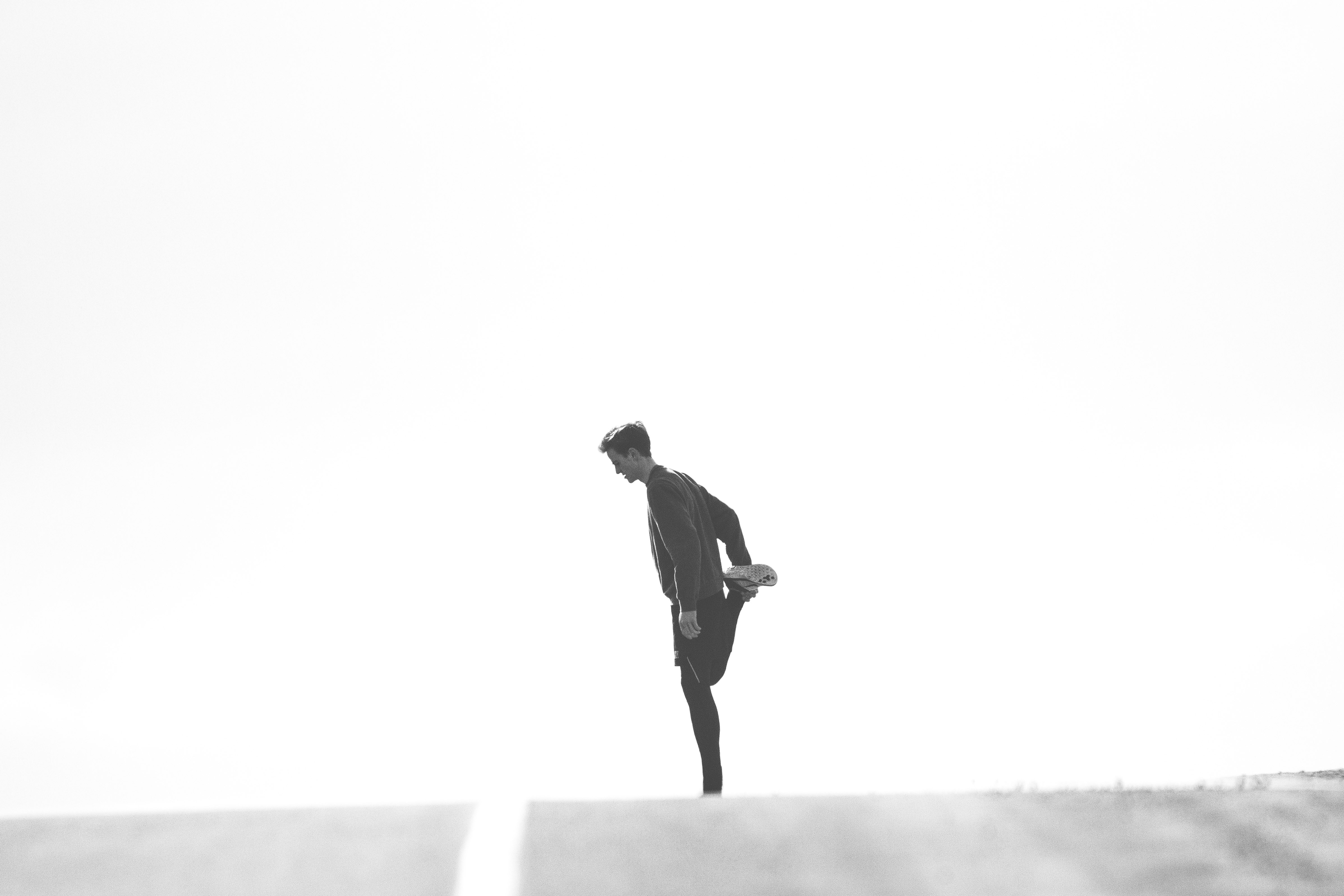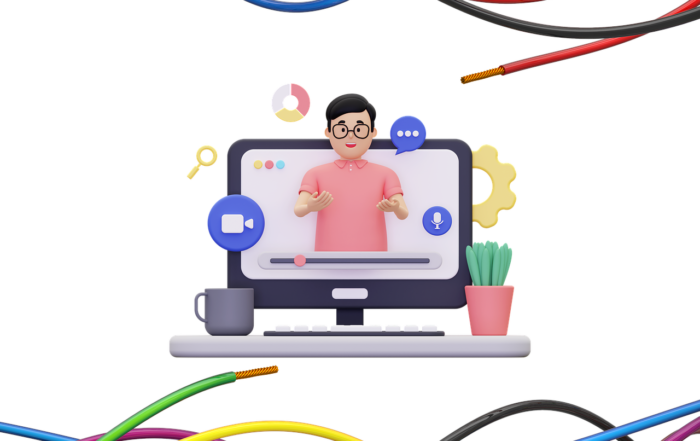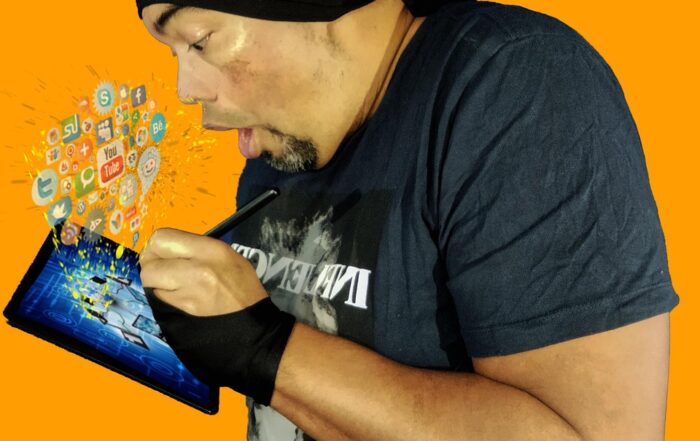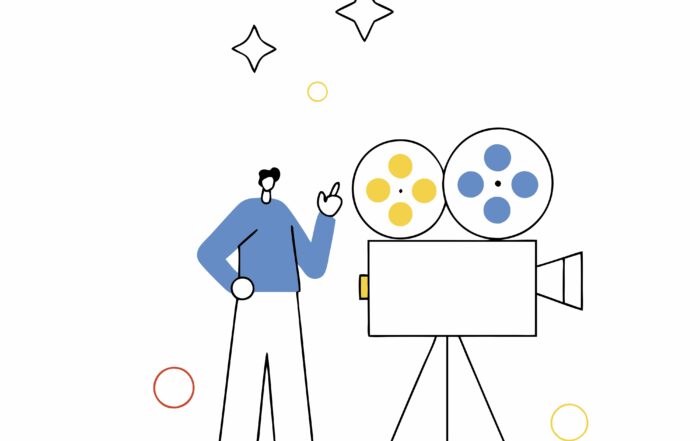How To Leverage The Science Of Motivation To Make Exercise Fun And Easy
„Push Or Pull“?
Exercise for many is just another to do we have to fit into our schedules. Often we dread exercise because we’ve not found a way to make it fun and less of a to do. We have to keep „pushing“ and rely on our willpower. Intellectually we know exercise is good for us, but all too often this isn’t enough. Tony Robbins describes that dilemma like this:
“Push will wear you out. When you’re pushing to do something, you only got so much willpower. But when you’re pulled, when there’s something larger than yourself that you’re here to serve and that you believe you’re made for, that brings energy.”
This article is about principles that allow you to create that „pull“.
Quick Guide To „Drive“
We can make out external factors that motivate us, like bonuses or rewards, and there are internal factors (extrinsic vs. intrinsic motivation). According to Daniel H. Pink, author of Drive – The Surprising Truth About What Motivates Us, this internal drive is fueled by three components – autonomy, mastery, and purpose. Each of these can be leveraged to create this „pull“ I talked about above.
Set Your Own Goals
To begin, ask yourself for what reason you want to exercise and get fit. This makes a big difference. Do you want to satisfy some external demands or do you want to get fit because you derive an internal value, like staying healthy and being there for your family or partner? Your staying power will depend on your goals. According to Daniel H. Pink, we must focus on our needs, and not let them be undermined by some trainer and his standard exercise plan, or even external judgment:
„Don’t accept some standardized, cookie-cutter exercise plan. Create one that’s tailored to your needs and fitness level. (You can work with a professional on this, but you make the final calls.) Equally important, set the right kinds of goals. Ample research in behavioral science shows that people who seek to lose weight for extrinsic reasons—to slim down for a wedding or to look better at a class reunion—often reach their goals. And then they gain the weight back as soon as the target event ends. Meanwhile, people who pursue more intrinsic goals—to get fit in order to feel good or to stay healthy for their family—make slower progress at first, but achieve significantly better results in the long term.„
I think the example Pink gives is familiar to many of us. It’s tempting to lose weight for extrinsic reasons. Of course, we want to look good, but it’s simply not a long-term solution. Your purpose becomes more powerful and enduring when its source moves from external to internal, negative to positive, and self to others.
Autonomy is a central human need. Even health professional miss this point. I’ve failed at this point several times. The assumption that we know what’s best for a client and prescribing it to them totally disregards the client’s autonomy. This is often referred to as the therapist’s dilemma. Client’s feel disregarded, and don’t implement what’s suggested. I believe we need a shift of mind, from an expert to a reflection partner with „knowledge of the territory“. Health professionals then can help navigate, but you will have to choose yourself.
That being said, choose yourself.
Find A Form Of Fitness You Enjoy
How can you turn your workout into play? Results may come another day, therefore having fun here and now is important. If you derive some internal value from your kind of exercise you are more likely to keep trying. It seems when joining a gym everybody has to go through the same program as if we were robots. But we’re not. We have different preferences, and it’s up to you to do what you like.
Though I feel like David among a many Goliaths in the gym I prefer simple barbell training. When the Goliaths occupy the barbell racks I’m lost. When the racks are free on the other hand there are no detours. I simply love the more direct feedback you get with this kind of resistance training.
That’s to say avoid the standards if you don’t like them. There are so many ways to exercise. Dancing? Running? Swimming? Crossfit? Or join an amateur basketball league? I loved ice hockey when I was a kid. Whatever you decide to do if you enjoy what you do you’re more likely to have fun and make it a habit. Also, this sets you up for improvement.
Keep Mastery In Mind
Mastery is a big word. I like the way George Leonard, author of Mastery: The Keys To Success And Long-Term Fulfillment, describes it:
„It resists definition yet can be instantly recognized. It comes in many varieties, yet follows certain unchanging laws. It brings rich rewards, yet is not really a goal or a destination but rather a process, a journey. We call this journey mastery, and tend to assume that it requires a special ticket available only to those born with exceptional abilities. But mastery isn’t reserved for the supertalented or even for those who are fortunate enough to have gotten an early start. It’s available to anyone who is willing to get on the path and stay on it – regardless of age, sex, or previous experience.“
Get on the path and stay on it. If you follow the principle above you will likely have chosen a good path to improve in. Putting in the work (and play) each week will provide a great opportunity to become more, and more proficient. Daniel H. Pink adds:
Getting better at something provides a great source of renewable energy. So pick an activity in which you can improve over time. By continually increasing the difficulty of what you take on—think Goldilocks—and setting more audacious challenges for yourself as time passes, you can renew that energy and stay motivated.
The Goldilocks principle is important. Pick just the right amount. Deliberate practice is needed. Regular practice might include mindless repetition. However, mastery demands attention – and a specific goal. That might be running the kilometer in under five minutes instead of six.
Improving part of your game can also be insurance for being well if something else in your life isn’t in the „green zone“.
Reward Yourself The Right Way
Rewards are tricky. Research shows that „excessive rewards can, in some cases, result in a decline in performance“. Pink suggests:
If you’re really struggling, consider a quick experiment with Stickk (www.stickk.com), a website in which you publicly commit to a goal and must hand over money—to a friend, a charity, or an “anti-charity”—if you fail to reach it. But in general, don’t bribe yourself with “if-then” rewards—like “If I exercise four times this week, then I’ll buy myself a new shirt.” They can backfire. But the occasional “now that” reward? Not a problem. So if you’ve swum the distance you hoped to this week, there’s no harm in treating yourself to a massage afterward. It won’t hurt. And it might feel good.
Rewards can extinguish your internal drive. Therefore avoid the regular if-then rewards, like you might know them from work. Bonuses might work for routine tasks, but how routine will your exercise be? Your call.
Encore:
A part of Daniel H. Pink’s arguments is based on research by the psychologists Richard M. Ryan and Edward L. Deci. I want to stress one of the points they make, that’s not sufficiently covered.
We are „social animals“. Relatedness according to Deci & Ryan is one very important driver of intrinsic motivation. Therefore, the more you can connect your fitness plans with your „social matrix“ the easier it will get.
Also, if we ask ourselves why we want to get and stay healthy, or better what for, we often come to somebody important. That may be our partner, children, or even our grandchildren.
Complement this article with the Psychology Of Habit Formation and Daniel H. Pink’s Drive – The Surprising Truth About What Motivates Us.
Suggested Reading:
- Drive – The Surprising Truth About What Motivates Us by Daniel H. Pink
- Mastery: The Keys To Success And Long-Term Fulfillment by George Leonard
References:
- Leonard, G.: Mastery: The Keys to Success and Long-Term Fulfillment
- Loehr, J./ Schwartz, T.: The Power of Full Engagement: Managing Energy, Not Time, Is the Key to High Performance and Personal Renewal.
- Pink, H. D.: Drive: The Surprising Truth About What Motivates Us.
- Ryan, R. M./ Deci, E. L.: Intrinsic and Extrinsic Motivations: Classic Definitions and New Directions. In: Contemporary Educational Psychology. Link: https://mmrg.pbworks.com/f/Ryan,+Deci+00.pdf
- Ryan, R. M./ Deci, E. L.: Self-Determination Theory and the Facilitation of Intrinsic Motivation, Social Development, and Well-Being. In: American Psychologist. Link: https://selfdeterminationtheory.org/SDT/documents/2000_RyanDeci_SDT.pdf
- Ariely, D./ Gneezy, U./ Loewenstein, G./ Mazar, N.: Large Stakes and Big Mistakes. Federal Reserve Bank of Boson. Link: https://www.bostonfed.org/publications/research-department-working-paper/2005/large-stakes-and-big-mistakes.aspx
Photo Credit:
- Photo by Abigail Keenan on Unsplash (license)








